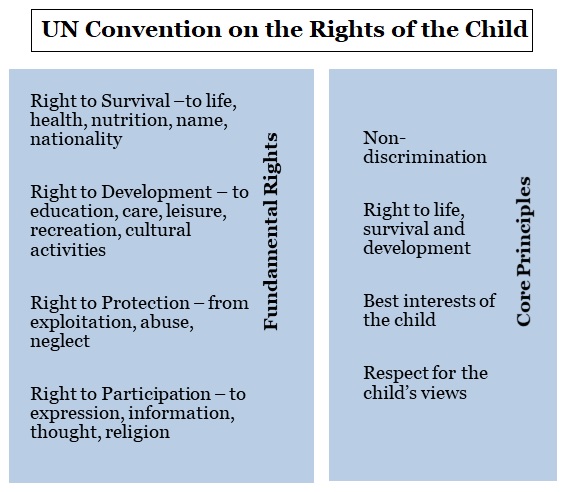900 319 0030
enquiry@shankarias.in
For the first time, the United Nations has recognised and affirmed children’s rights to a clean, healthy and sustainable environment in a new guidance on children’s rights and the environment.

Bride price is the material or money entitlement that the groom’s family is paying to the bride’s family during marriage.
Dowry is the material or money entitlement that the bride’s family is paying to the groom’s family during marriage.
Status of Child Marriages
International Conventions that address Child Marriage
To know more about child marriages in India, click here
References